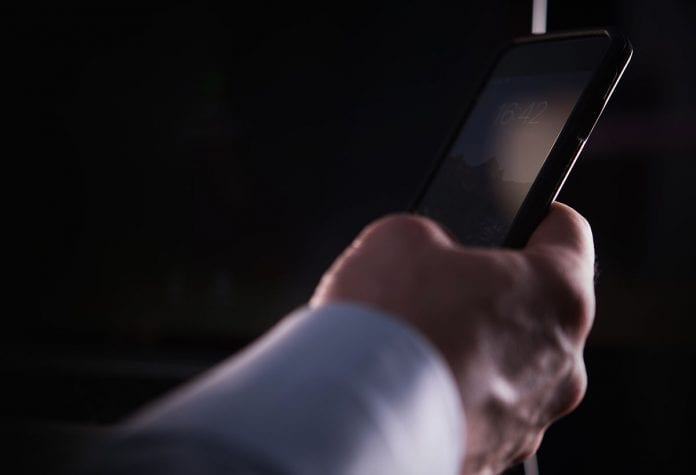Police are using fingerprints of dead suspects to access Apple iPhones
Until now, there was only news of law enforcement agencies using fingerprints of a dead person to unlock iPhones for investigation purposes. However, according to a new report from Forbes, confirms this practice has been in use for a couple of years already by the police and law enforcement agencies.
FBI forensics specialist Bob Moledor told Forbes that the first known case of police using a deceased person’s fingerprints was in November 2016, when they tried unlocking the iPhone 5s model of Abdul Razak Ali Artan, who had mowed down a group of people in his car, and gone on a stabbing spree with a butcher’s knife. He was later shot dead by a police officer on the grounds of Ohio State University. However, the legal officials couldn’t unlock Artan’s device with his lifeless fingerprint, and iPhone was later sent to a forensic lab to retrieve information.
“Unfortunately for the FBI, Artan’s lifeless fingerprint didn’t unlock the device (an iPhone 5 model, though Moledor couldn’t recall which. Touch ID was introduced in the iPhone 5S).
“In the hours between his death and the attempt to unlock, when the feds had to go through legal processes regarding access to the smartphone, the iPhone had gone to sleep and when reopened required a passcode,” Moledor told Forbes.
The method of unlocking iPhones using the fingerprints of their deceased owners is “relatively common” for authorities in New York and Ohio who use it to access iPhones holding potentially important information, sources close to police investigations said.
“The technique has been used in overdose cases,” Forbes explains, “In such instances, the victim’s phone could contain information leading directly to the dealer.”
Apparently, “it’s entirely legal for police to use the technique, even if there might be some ethical quandaries to consider.”
Marina Medvin, owner of Medvin Law, told Forbes that once a person is deceased, they no longer have a privacy interest in their dead body.
Medvin added, “Once you share information with someone, you lose control over how that information is protected and used. You cannot assert your privacy rights when your friend’s phone is searched and the police see the messages that you sent to your friend. Same goes for sharing information with the deceased – after you released information to the deceased, you have lost control of privacy.”
Robert Cutshall, an Ohio police homicide detective who worked on the Artan case said that police is aware too. “We do not need a search warrant to get into a victim’s phone, unless it’s shared owned,” he said.
In some cases this has been successfully used, while others not so much merely because of the time lapsed in between.
With advancements in ever-changing smartphone security, unlock smartphones using Face ID technology might be even easier than spoofing Touch ID.
Marc Rogers, researcher and head of information security at Cloudflare told Forbes, “While Face ID is supposed to use your attention in combination with natural eye movement, so fake or non-moving eyes can’t unlock devices…the tech can be fooled simply using photos of open eyes.” However, Apple continues to claim that Face ID technology cannot be easily deceived and is more secure than Touch ID. There have been no cases of police unlocking a person’s iPhone with Face ID reported until now, says Rogers.
Do let us know what you think of police using a dead person’s fingerprint to unlock their iPhone in the comments sections below.
Source: Forbes

